How To Clean Silver Plated Platter
Are you wondering how to safely clean your silver-plated jewelry? You're at the right place! Admittedly, cleaning silver plated items is a delicate process that requires close attention. Avoid scrubbing or scratching the silver so that you don't damage it. Instead, use a soft wiping towel and designated plated silver cleaners like the ones below.
How to clean silver plate? Squeeze a little silver polish onto a soft dry towel and wipe the ornament carefully. Then, rinse it with warm water to remove excess polish. Dry your silver plate jewelry with a soft cloth.
Part of maintaining your fine silver-plated items is cleaning them regularly. This article covers some of the issues you may encounter while doing so. You'll also find out how you can effectively clean silver-plated commodities at home.
Cleaning silver-plated items is pretty effortless with silver polish. But, if you don't have it at home, consider some quick DIY methods. These include using baking soda, boiling water, toothpaste, window cleaner, etc.
If you want your silver-plated items to retain their grandeur and last long, clean them often. There are many ways to do this. Some may consume less time than others, but it all boils down to how many items you're cleaning and their condition.
Pure Silver vs. Silver Plated
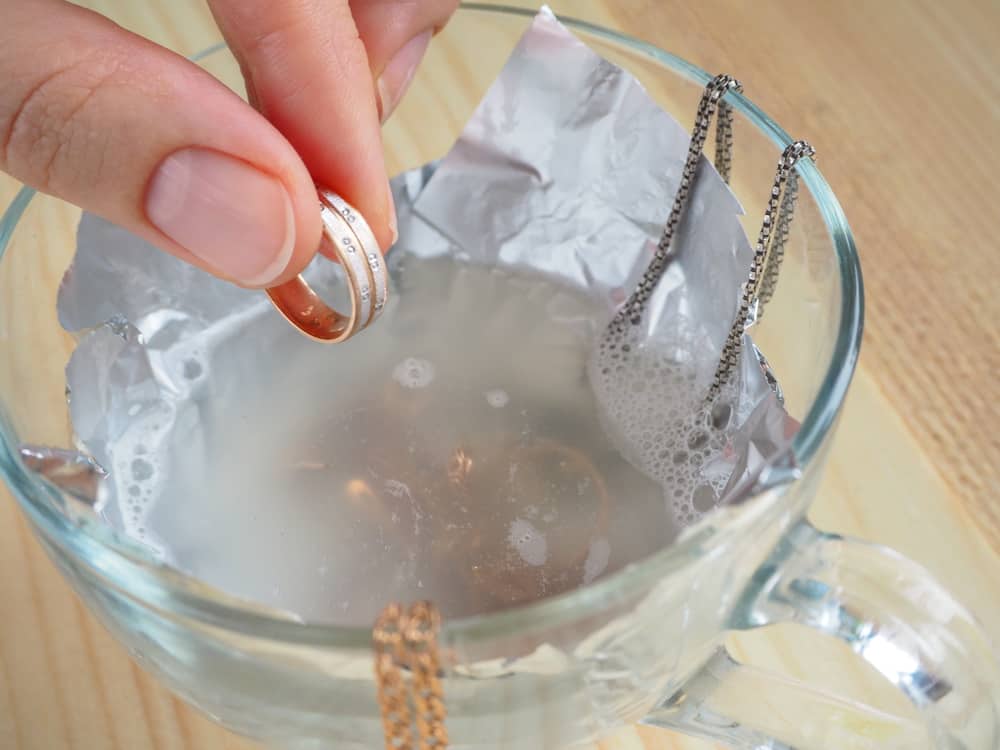
The first thing to do when cleaning your item is to determine its metal composition. Is it pure silver or silver-plated? These two might look the same, but they're not.
When a smith makes a fork or piece of jewelry with genuine silver, they use Sterling silver in most cases. 92.5% of this alloy is pure silver, and 7.5% is copper or another metal. Silversmiths make silver-plated items with other metals and place a thin pure silver coating on top of them.
Now that you comprehend the difference between a genuine silver and silver-plated item, let's check out how you can distinguish these two.
What's the Color of the Silver Plated Item?
The color of a silver-plated commodity is lighter than that of one made with pure silver. It could also be somewhat green, with some parts of it peeling off. Again, a silver-plated item is glossier than a genuine silver piece.
How About Its Hallmark?
Check your item's hallmark to know whether it's genuine silver or silver-plated. Sterling silver pieces always have a stamp to indicate their purity. It might be "925" or "Sterling 925/1000″.
If your commodity doesn't have a stamp, chances are, it is silver-plated. Some silversmiths engrave phrases such as "Sterling inlaid" to indicate so.
Perform an Acid Test
An acid test can also help you differentiate pure silver items from those that are silver-plated. In this case, you'll use nitric acid.
When the surface of a silver-plated piece comes into contact with nitric acid, it turns green. If yours is a pure silver item, its surface will become creamy-white.
Note that nitric acid is a bit volatile. If you're doing this test at home for the first time, do it with a professional as a safety precaution.
Compare the prices of the Items
Silver-plated pieces don't have any intrinsic value. Their resale value is also lower than that of items with pure silver. Therefore, they are cheaper than the latter.
Problems with Cleaning Silver-Plated Items
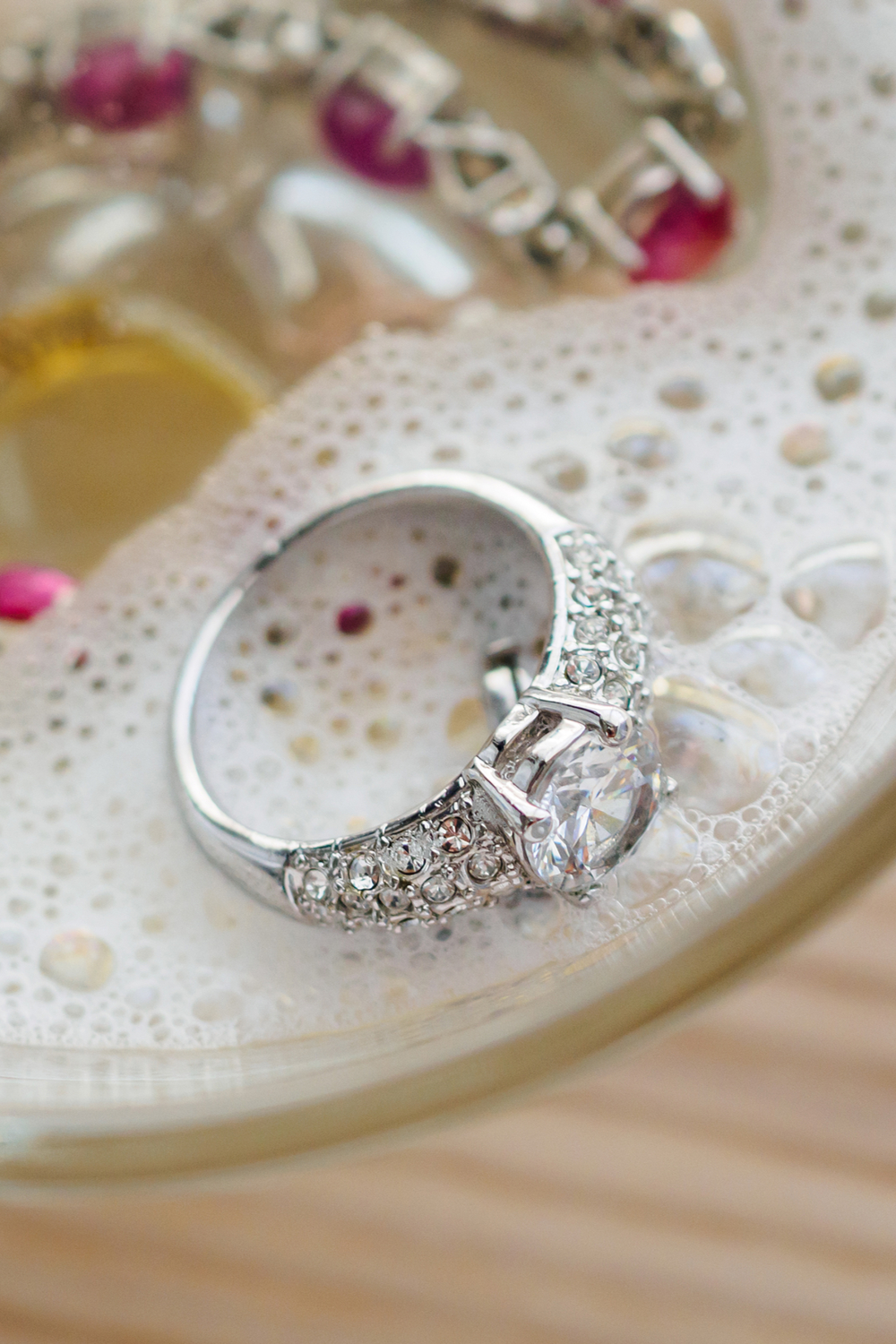
Cleaning silver-plated items is easy, but it's not always a walk in the park. You may experience some problems when doing it.
Oxidation
One of these issues is oxidation. Air exposure makes it difficult for silver-plated items to remain shiny even after you have cleaned them. It could also cause your commodities to blacken.
To protect your silver-plated items from oxidation, wrap your jewelry or cutlery with a piece of cloth and keep it in a dry place. Also, note that although this process reduces your item's splendor, it doesn't damage the metal.
Use of Abrasive Cleaning Substances
When cleaning silver-plated items, you may also unknowingly use abrasive substances. Examples of such are salt, vinegar, lemon, and parmesan. Instead of restoring luster to silver plate, these tarnish their surfaces.
If you're not experienced in cleaning silver-plated items, consult an expert before you do it. They can guide you on a plethora of things, including the best substances to use.
How to Clean Plated Silver with Silver Polish (Step by Step)
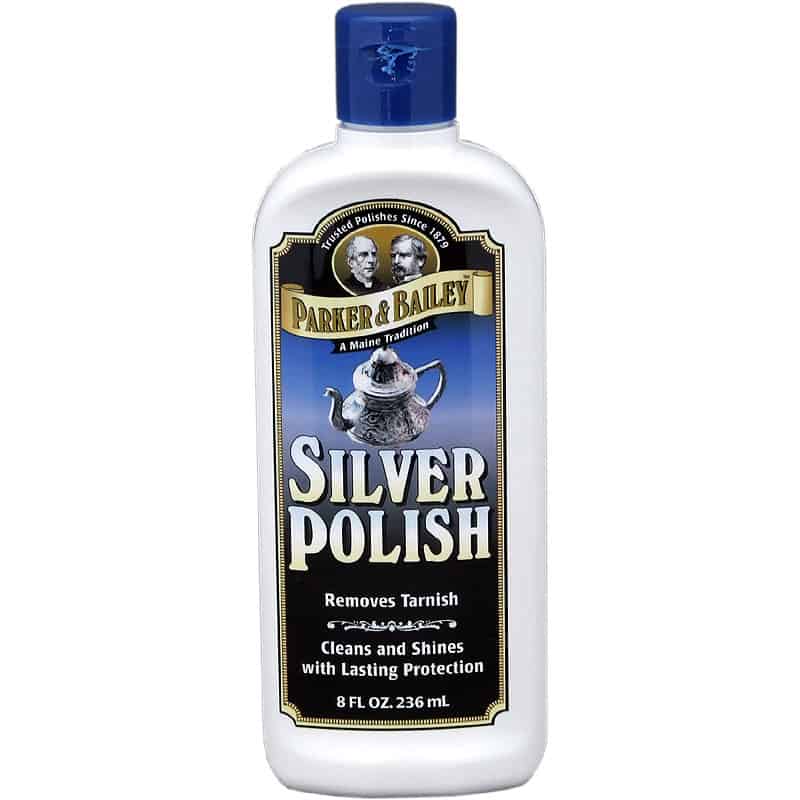
Do you want to restore the sparkle to your stained or greasy kitchenware or pieces of jewelry? Use silver polish because it is super effective. The items you need for this procedure are:
- Silver polish (cream-based or paste)
- Quality rubber gloves
- Microfiber cloth
- Anti-corrosive fabric lining
- Anti-tarnish silver storage bag
Below, find the steps to follow when cleaning plated silver with silver polish.
- Wear your rubber gloves.
- Squeeze a small amount of silver polish onto a soft and clean piece of cloth.
- Gently and in repetitive circular motions, rub the silver polish over your clean silver-plated item.
- Use clean, warm tap water to rinse your item.
- Use a clean, soft cloth to dry your silver-plated jewelry or kitchenware.
- Store your polished silver-plated item in the anti-tarnish silver storage bag. Alternatively, cover one of your kitchen drawers with anti-tarnish fabric lining and store it in there.
Home DIY Ways to Clean Plated Silver When out of Silver Polish
Suppose you want to clean plated silver at home, but you don't have any silver polish. Don't panic. There are several practical home DIY methods you can use to restore your item's shine. Let's dive into seven of the quickest, easiest, and most effective ones.
1. Cleaning Silver Plate With Aluminum Foil
An aluminum foil could be handy whenever you want to reverse tarnished silver at home. You need liquid laundry detergent for this process. The steps to follow are:
- Line a large bowl with the aluminum foil
- Fill the bowl with boiled water
- Add a tablespoon of the detergent into the bowl
- Stir the mixture well
- Dip your silver item into the bowl and wait for a minute or two
- Use your kitchen tongs to remove the silver-plated items from the bowl
- Use warm water to rinse the silver plate
- Lay the items on a clean, soft piece of cloth or paper towel for them to dry
2. Using Baking Soda to clean silver plate
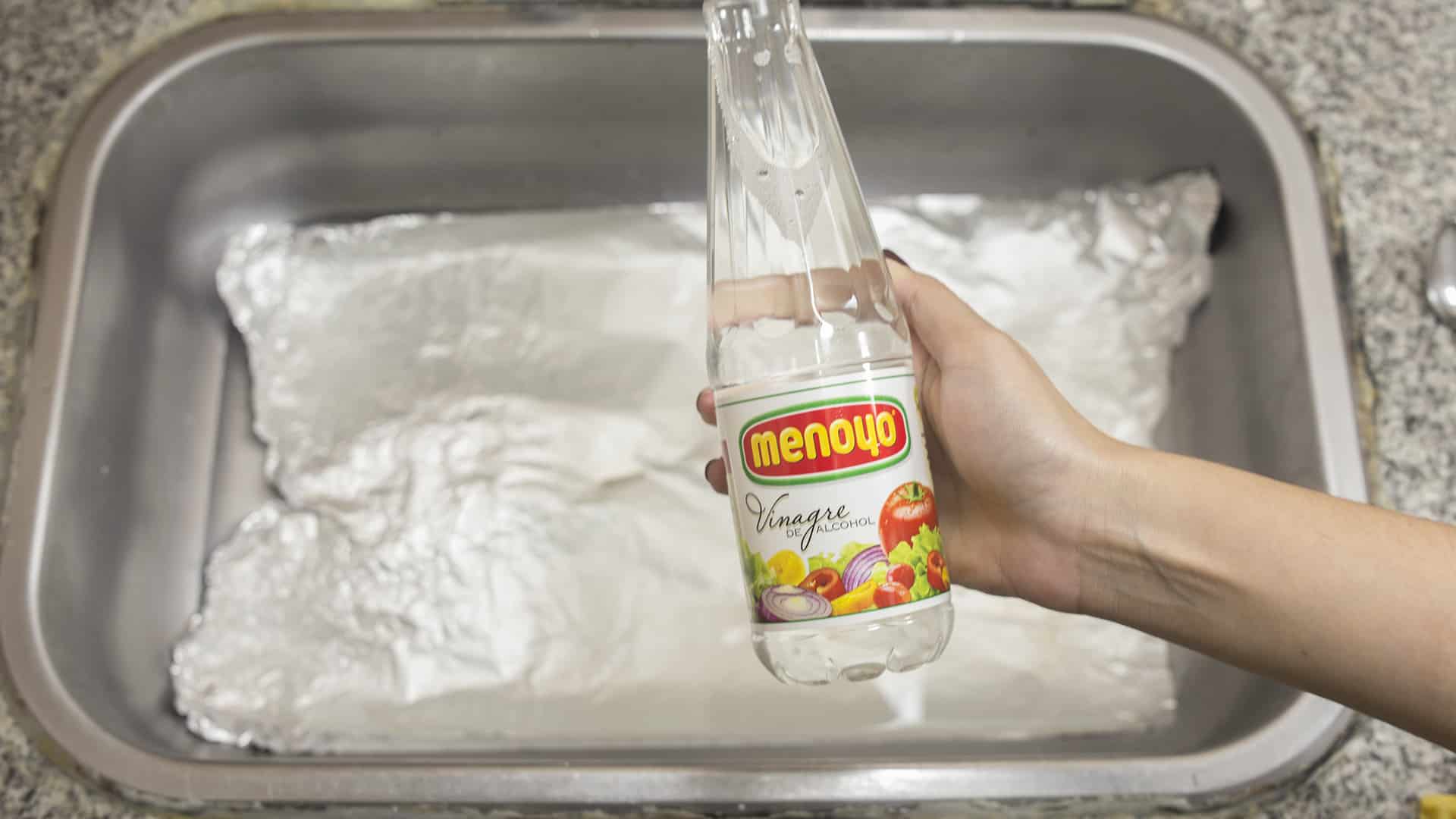
If your plated silverware is severely tarnished, use baking soda to clean it. Here's what you should do:
- Use baking soda and some warm water to form a thick paste
- Using a damp, soft cloth, gently apply it to the tarnished area of the silver-plated piece
- Wait for around 2-3 minutes
- Use another clean, soft cloth to rub the paste off the item. If it has some crevices, use a toothbrush to reach and polish them.
- Use cold water to rinse the plated silver
- Use a cloth to dry the kitchenware or piece of jewelry
3. How Banana Peels Clean Silver Plate
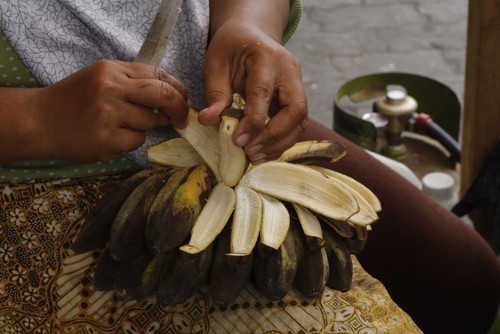
Banana peels are also ideal for cleaning silver-plated items. Most people prefer using them for pieces of jewelry instead of dishware.
The things you'll need for this procedure are:
- Banana peels
- Water
- Blender
- Soft, clean rag
Here are the steps to follow:
- Put some water and several banana peels into the blender to create a thick paste
- Slowly and gently rub the paste onto your plated silver piece
- Dip the item into the water to remove the paste
- Use the soft clean rag to dry your piece
4. Using Ketchup to clean silver plated item
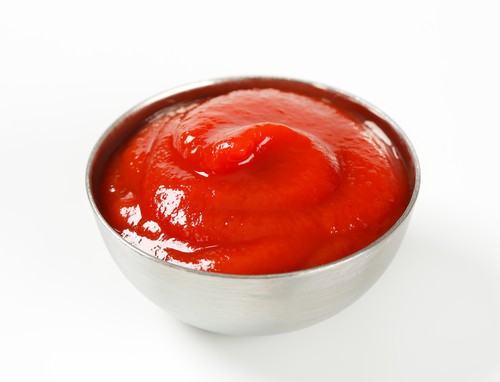
The ketchup you have at home is not only good for your fries. It can also revive your plated silverware's sheen. Follow these steps when polishing your silver-plated items with ketchup.
- Pour ketchup into a bowl
- Fully immerse your silver-plated piece into the ketchup
- Wait for about 5-10 minutes
- Remove your item from the bowl
- Rinse with lukewarm water
- Dry the piece with a soft rag
5. Hand Sanitizer Clean plated silver!
Hand sanitizer is an easy remedy for your tarnished silver-plated pieces of jewelry. Squeeze a little of this alcohol-based liquid on a paper towel. Then, use it to rub your item.
6. Using Toothpaste as a Plated Silver Cleaner
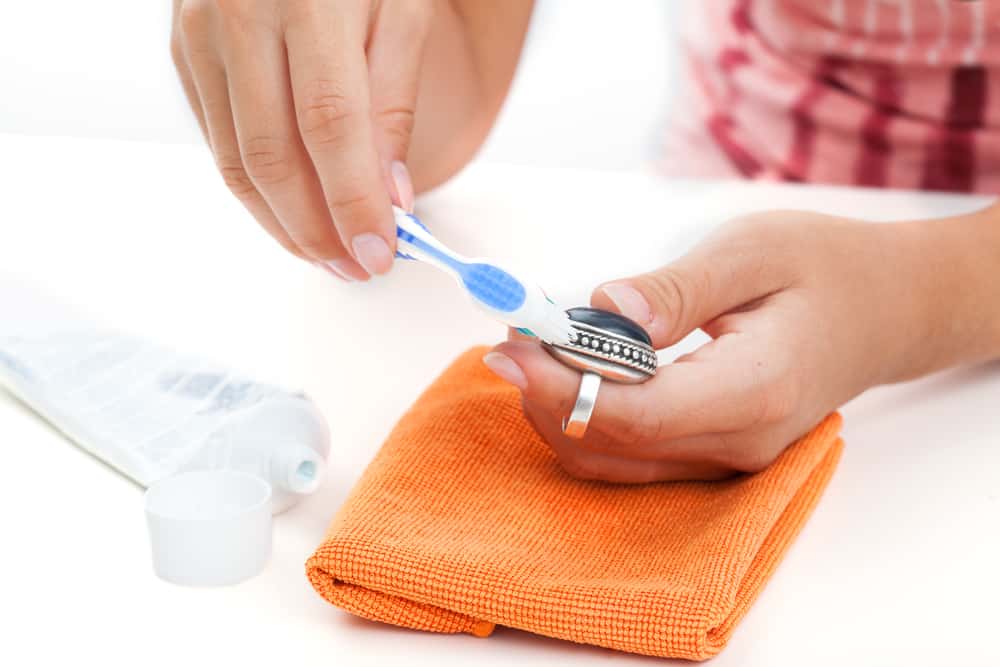
Cleaning silver-plated items with toothpaste yields fantastic results. Make sure that you use non-gel, non-abrasive toothpaste to avoid corroding your item's finish. Below are the steps to follow:
- Apply some toothpaste on a paper handkerchief
- Gently rub it on the silverware in small circular motions
- Wait for about five minutes
- Use water to rinse off the toothpaste
7. Window Cleaners for silver plate
If you have a window cleaner at home, use it to clean your plated silver when you're out of the silver polish. Spray some of it on a clean piece of cloth and use it to scrub your items gently.
However, if yours are antiques, don't use window cleaning detergent on them. These pieces are incredibly fragile, and you could damage them.
NOTE: Avoid Corrosive Acids. If you want your plated silverware and flatware to last long, avoid using acidic substances to polish it. Also, refrain from placing any acidic food on your silver-plated plates. If it's tricky for you to do so, wash the item as soon as you are done with it.
FAQs
Can I clean silver-plated cutlery in the dishwasher?
It's not safe to clean your silver-plated item in the dishwasher. The dishwasher detergent and hot water can cause your items to tarnish faster.
How can I prevent my plated silver from tarnishing?
Some of the best ways to maintain your silver-plated items' luster include the following:
- Purchase anti-tarnish bags to store each item separately in a cool & dry place.
- Always put pieces of chalks in the anti-tarnish bags with your silver-plated commodities. They absorb moisture and prevent tarnishing.
- Wear or use your silver-plated stuff as often as you can. Friction deters tarnishing.
- Wear your perfume before your silver-plated jewelry so that the liquid doesn't stick to the pieces.
Note that your plated silver will lose its shine eventually. These tips can only help to delay it.
How To Clean Silver Plated Platter
Source: https://somethingborrowedpdx.com/how-to-clean-silver-plate/
Posted by: bessettemorce1984.blogspot.com

0 Response to "How To Clean Silver Plated Platter"
Post a Comment